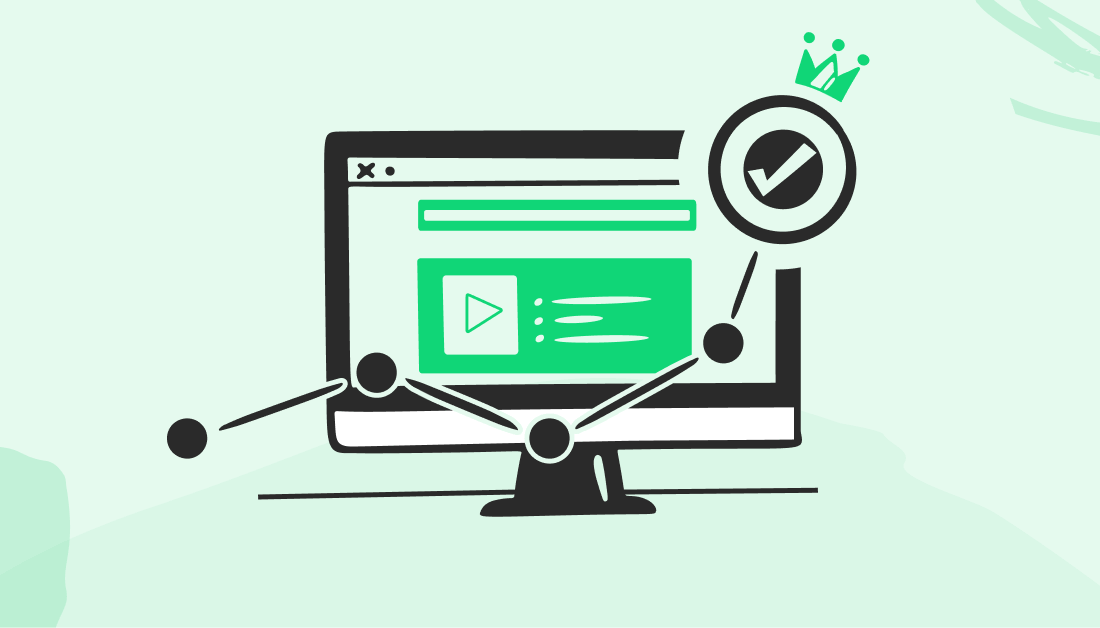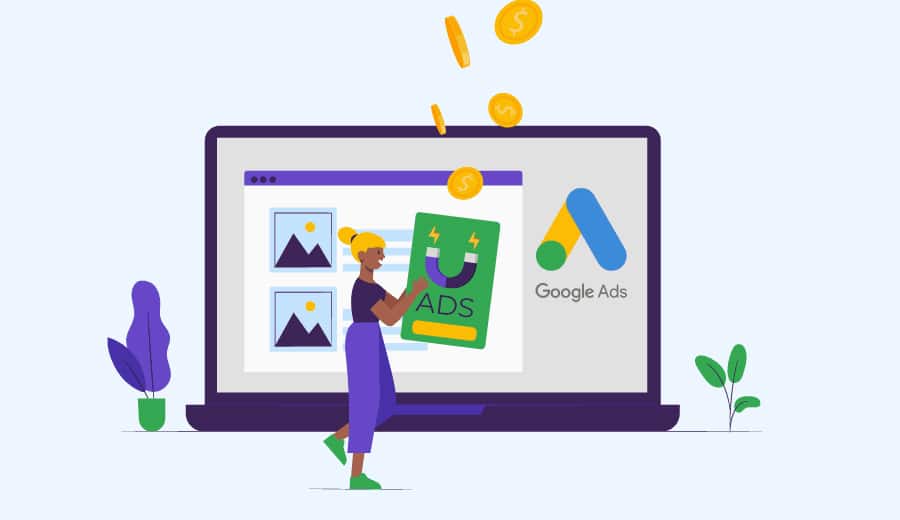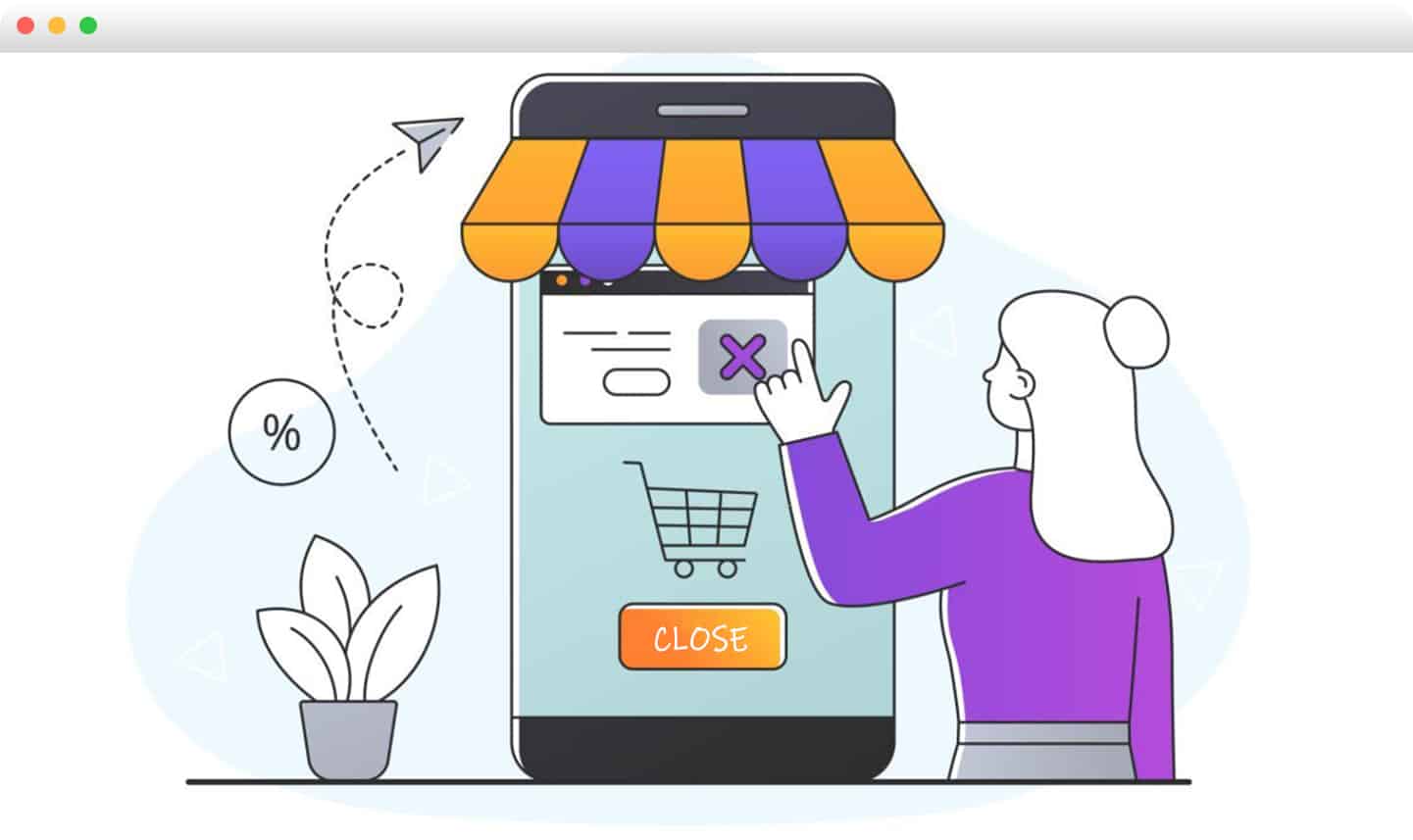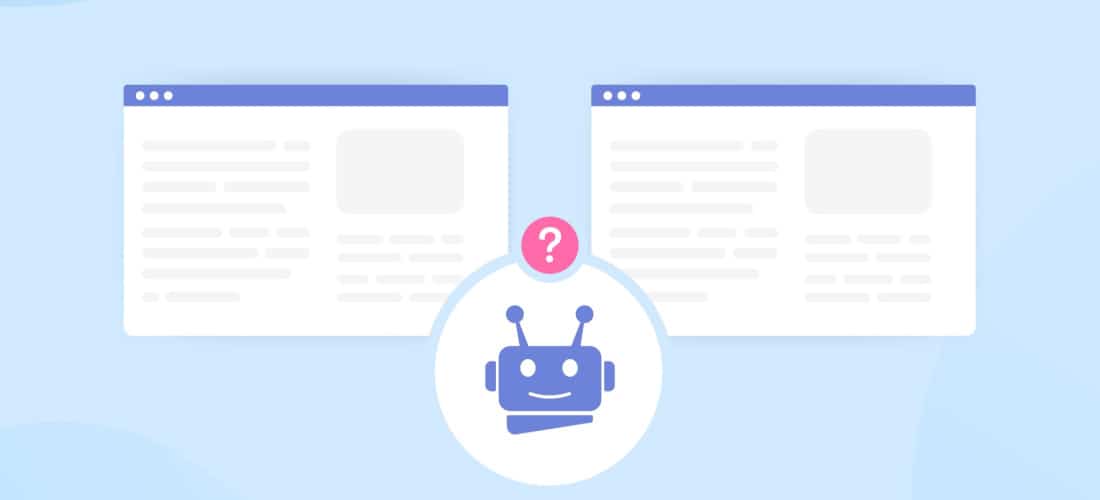With the rapid pace of technological progress, it’s clear that artificial intelligence is gradually carving out its niche in the realm of graphic design. This raises the intriguing question of whether AI might eventually assume the role of a graphic designer. This blog explores the possibilities that artificial intelligence holds for graphic design, examining the impact it may have on the industry and what the future might look like for designers.
What is AI?
Artificial Intelligence is the ability of computers or other machines to imitate human beings in the execution and learning of cognitive skills. These include learning abilities, problem solving, recognizing certain patterns, and decision making abilities. There are certain features in graphic design that are specifically accessible to AI; features that use algorithms to create graphics, analyze graphic designs, as well as provide recommendations.
AI Tools for Designers
It is undeniable that Artificial Intelligence tools’ popularity has grown rapidly to be used by graphic designers. Some such as Adobe Sensei, Canva design assistant and DeepArt use artificial intelligence to pre designed things, recommend designs and minimize the work. These could overview large quantities of data, identify trends in design and even generate content with given characteristics.
The Role of AI in the Design Process
Automation of Repetitive Tasks
Some of the key benefits of AI in graphic designing are that the graphic designing activities like monotonous functions can be automated. For instance, AI can create several logo designs, design layout placing, and even apply sequences of color on its own. Some of the tasks require time and energy that could be best utilized in the creative or other aspects of designs.
Enhancing Creativity
AI does not threaten creativity, instead it can assist a designer by offering him or her completely different points of view. Machine learning, specifically in computer-aided design, can consider design components and make original compositions or modifications. It is possible to develop more creative and unique products that might not have been developed by human designers.
Personalization and Efficiency
By analyzing user data, it’s possible to leverage AI algorithms to create tailored designs that cater to the specific needs of your audience. In the realm of marketing and advertising, specially crafted content can lead to noticeable shifts in audience behavior. The process of generating multiple designs can be enhanced, as designers can select the most effective option instead of beginning from scratch each time.
The Impact of AI on Graphic Designers
Job Displacement Concerns
As technology in AI continues to advance, there is a growing fear among many that these tools may eventually surpass traditional graphic designers. Whether we’re talking about general or specific AI, neither can truly replicate the social and intersubjective understanding that designers bring to the table.
Collaboration, Not Competition
In general, the attitudes are optimistic and people do not approach AI as an opponent that steals jobs, but as an assistant. This has assisted in automating routine tasks that could otherwise take up much of the designer’s time so that he or she can tackle more sophisticated problems. In this case, it can either result in more creativity and efficiency in design, to the advantage of the designers as well as their clients.
New Opportunities and Skills
As for the utilization of the AI within the graphic design agency context, it also has potential benefits. The use of AI tools helps designers become efficient and increases the opportunities of extending their competencies. Moreover, there will be a demand for candidates who can build, operate, and optimize the AI solutions for the design field.
Coexistence of AI and Human Creativity
The future innovation and development of the graphic designs are likely to be a combination of both AI and human intervention. AI has flexibility in giving responses to given issues although it might be essential to integrate human touch to determine the context, emotional intelligence, and cultural inclination. Human designers are still very relevant in the process of listening to the needs of the clients and in making higher level decisions as well as in ensuring that the designs are unique.
Evolving Roles and Responsibilities
The design profession with the increase in the adoption of AI in the design process will experience definite changes in roles and responsibilities. There are new competencies rising and designers will have to master them: AI tools, data analysis, machine learning. This evolution will not only further advance their designing abilities but also will create new scopes in the industry for them.
Ethical Considerations
The reliance on AI in creating graphics raises several ethical implications that need careful consideration. Designers should ensure that the implemented AI upholds respect for copyright laws, practices, and cultural integrity. Additionally, it is important to clarify the mechanisms and foundations upon which the AI operates and exerts its impact.






